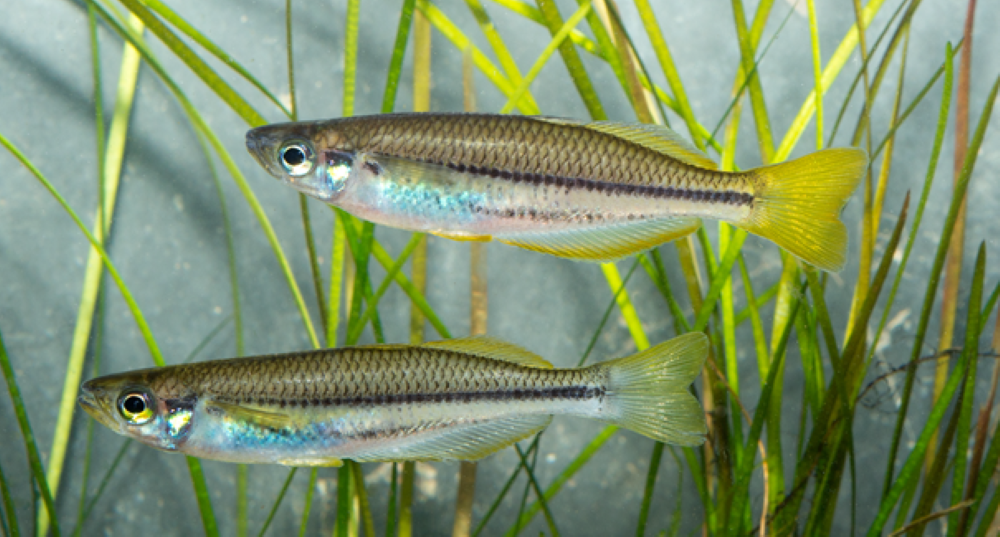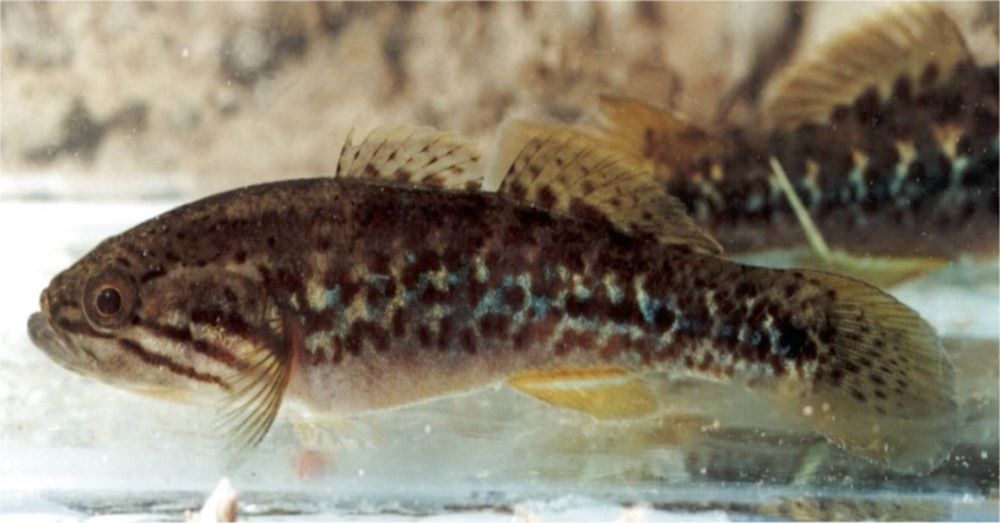Boosting the visibility and protection of threatened freshwater fish across Australia
Funding for the protection of freshwater biodiversity is frequently overlooked. Alarming declines in freshwater species have been observed around the globe, with population reductions of around 60% between 1970 and 2014 (Living Planet Report 2018). This has also been observed in Australia, where 88 of approximately 280 freshwater fish were identified as in danger of becoming extinct. Despite this, only 37 freshwater fish are currently listed as threatened under the federal legislation that addresses the conservation of Australian biodiversity (the Environment Protection and Biodiversity Conservation Act (EPBC Act) 1999).
So why does the under-representation of freshwater fish listed as threatened under the national legislation matter? Unfortunately, any species not considered threatened under the EPBC Act means that targeted protection is often limited and they are mostly excluded from national funding for species conservation. Localised and state-based conservation is still be possible, but the weight of national protection helps in this area too.
In 2021, NGT’s Aquasave team were appointed to undertake a national assessment of the conservation status of Australian freshwater fish (see this post from last year for more details on the project). This project is part of a range of initiatives that were funded by the national Department of Agriculture, Fisheries and Forestry (DAFF; formerly known as the Department of Agriculture, Water and the Environment) in response to the impacts of the 2019-20 bushfires that burnt large areas of southern and eastern Australia.
We completed preliminary conservation assessments for more than 250 freshwater fish species and in consultation with the team at DAFF and the relevant state authorities, we selected 18 freshwater fish species (see below) from all across Australia in urgent need of conservation listing (we are in the process of prioritising a further five species for listing assessment):
• Cairnsichthys bitaeniatus (Daintree Rainbowfish)
• Cairnsichthys rhombosomoides (Cairns Rainbowfish)
• Chlamydogobius gloveri (Dalhousie Goby)
• Craterocephalus dalhousiensis (Dalhousie Hardyhead)
• Gadopsis sp. nov. Western Victoria (SW Victorian Blackfish)
• Galaxias sp. nov. Hunter (Hunter Galaxias)
• Galaxias sp. nov. Morwell (Morwell Galaxias)
• Galaxiella munda (Western Mud Minnow)
• Galaxiella pusilla (Dwarf Galaxias)
• Hypseleotris ejuncida (Slender Carp Gudgeon)
• Hypseleotris gymnocephala (Bald Carp Gudgeon)
• Kimberleyeleotris notata (Drysdale Gudgeon)
• Melanotaenia sp. nov. (Running River Rainbowfish)
• Mogurnda thermophila (Dalhousie Mogurnda)
• Nannoperca obscura (Yarra Pygmy Perch)
• Neosilurus gloveri (Dalhousie Catfish)
• Pseudomugil mellis (Honey Blue Eye)
• Syncomistes rastellus (Drysdale Grunter)
For the past 12 months, we have been compiling conservation advice and threat listings for these species in close collaboration with DAFF. All assessments were also reviewed by freshwater fish ecologists who very generously gave their time and shared their expertise.
The assessments showed that ten of our priority species should be listed under the EPBC Act as Critically Endangered and eight as Endangered. The major threats identified include invasive species, climate change and habitat degradation. Furthermore, many of the species assessed will experience further population declines unless conservation and recovery actions are implemented. A list of priority actions has been compiled within each conservation advice and will help guide future species management.
As of August 2022, two species have been accepted for listing by the national Threatened Species Scientific Committee (the authority that provides scientific advice to the Minister for the Environment) and were made available for public comment, with more expected to go online over the next few months. Once these species are listed as threatened, they are considered ‘a matter of national environmental significance’ and approval from the Minister is required before any action can be undertaken that might have a major impact on the species.
Hopefully, the work done through both this project, and the recently completed ‘Saving the spinys: urgent actions to conserve the Euastacus freshwater crayfish’ project, will boost the visibility of Australia’s freshwater biodiversity and guide its conservation into the future.
This project is supported by the:

Bushfire Recovery for Wildlife and Habitat Program



